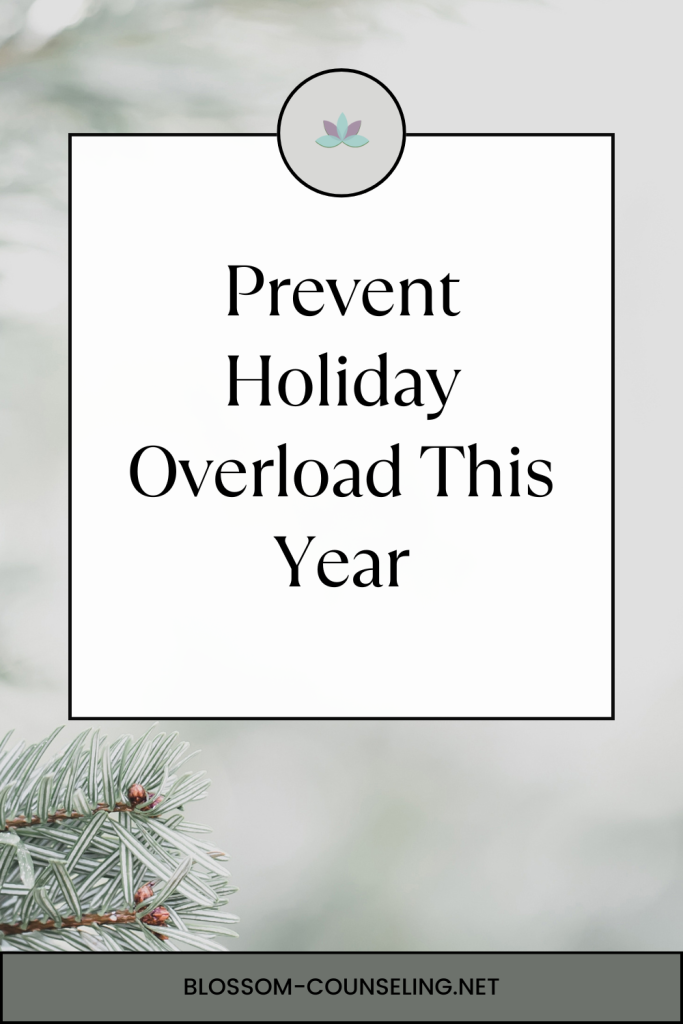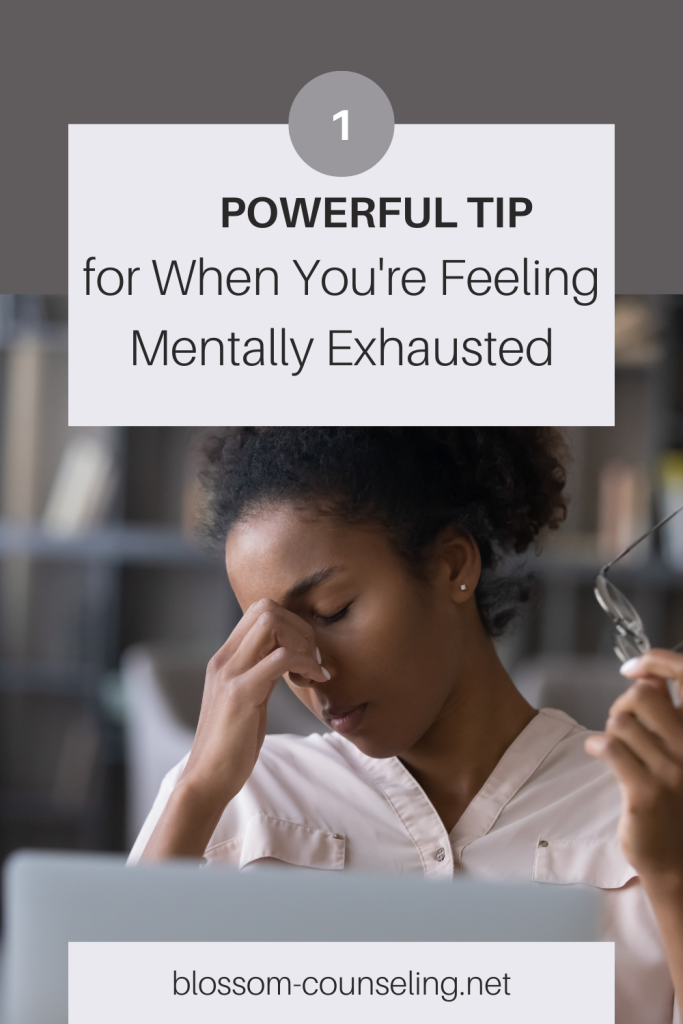
In today’s world, our lives are more connected to technology than ever before. Whether it’s work emails, social media, or streaming the latest show, we spend hours each day in front of screens. While technology can make life easier and more fun, it can also take a toll on our mental health if we’re not mindful of how we use it. That’s where the concept of digital wellbeing comes in—learning how to engage with technology in a healthy and balanced way.
Here are some key strategies to boost your digital wellbeing without feeling like you need to go on a “digital detox” (which, let’s be honest, sounds overwhelming). It’s all about finding the right balance that works for you.
1. Set Clear Boundaries
Ever scroll through Instagram just to realize an hour has passed? You’re not alone. Setting boundaries is crucial for managing screen time. Try designating specific times for checking emails or social media—like limiting it to the morning and after dinner. It helps keep the endless scrolling in check and creates mental space for other activities. And yes, this might mean putting your phone on “Do Not Disturb” more often, but trust me, the world will keep turning while you’re offline.
2. Create Tech-Free Zones
A simple, yet powerful way to reclaim your peace is by establishing areas where tech is off-limits. Bedrooms are a great place to start—consider making it a phone-free zone so your brain starts to associate it with rest, not TikTok. You could even extend this to the dinner table, helping you be more present with family or roommates. Tech-free zones give your mind a chance to recharge without the distraction of notifications.
3. Practice Mindful Consumption
Not all screen time is created equal. Binge-watching a show that makes you laugh is very different from doomscrolling through stressful news headlines. Pay attention to how different digital activities make you feel. If certain apps or content leave you anxious or drained, it might be time to reevaluate how you’re engaging with them. Being intentional about what you consume can make all the difference in how refreshed (or frazzled) you feel after your screen time.
4. Take Regular Breaks
The 20-20-20 rule is a classic for a reason. For every 20 minutes spent looking at a screen, try to take a 20-second break and look at something 20 feet away. This gives your eyes a rest and reduces the strain that comes from hours of staring at screens. Your brain will appreciate the breather too! Small breaks like this, along with getting up to stretch or move around, can improve both your mental clarity and physical health.
5. Invest in Real-World Hobbies
Finding hobbies that don’t involve screens is a game changer for digital wellbeing. Whether it’s reading, painting, gardening, or going for a walk—having a go-to activity that allows you to unplug is essential. Engaging in hands-on activities can ground you in the present moment, providing a mental break from the constant influx of digital information. And remember, it doesn’t have to be perfect or productive—sometimes the best hobby is one that simply makes you feel good.
Finding Your Digital Balance
There’s no need to completely cut out technology to have a healthy relationship with it. The goal is to build habits that protect your mental and emotional health while still allowing you to enjoy the benefits of our digital world. Setting boundaries, being mindful of what you consume, and taking breaks all help create a better balance. Ultimately, your digital wellbeing is about making tech work for you—not the other way around.
Remember, it’s okay to unplug. Your mind and body will thank you.




